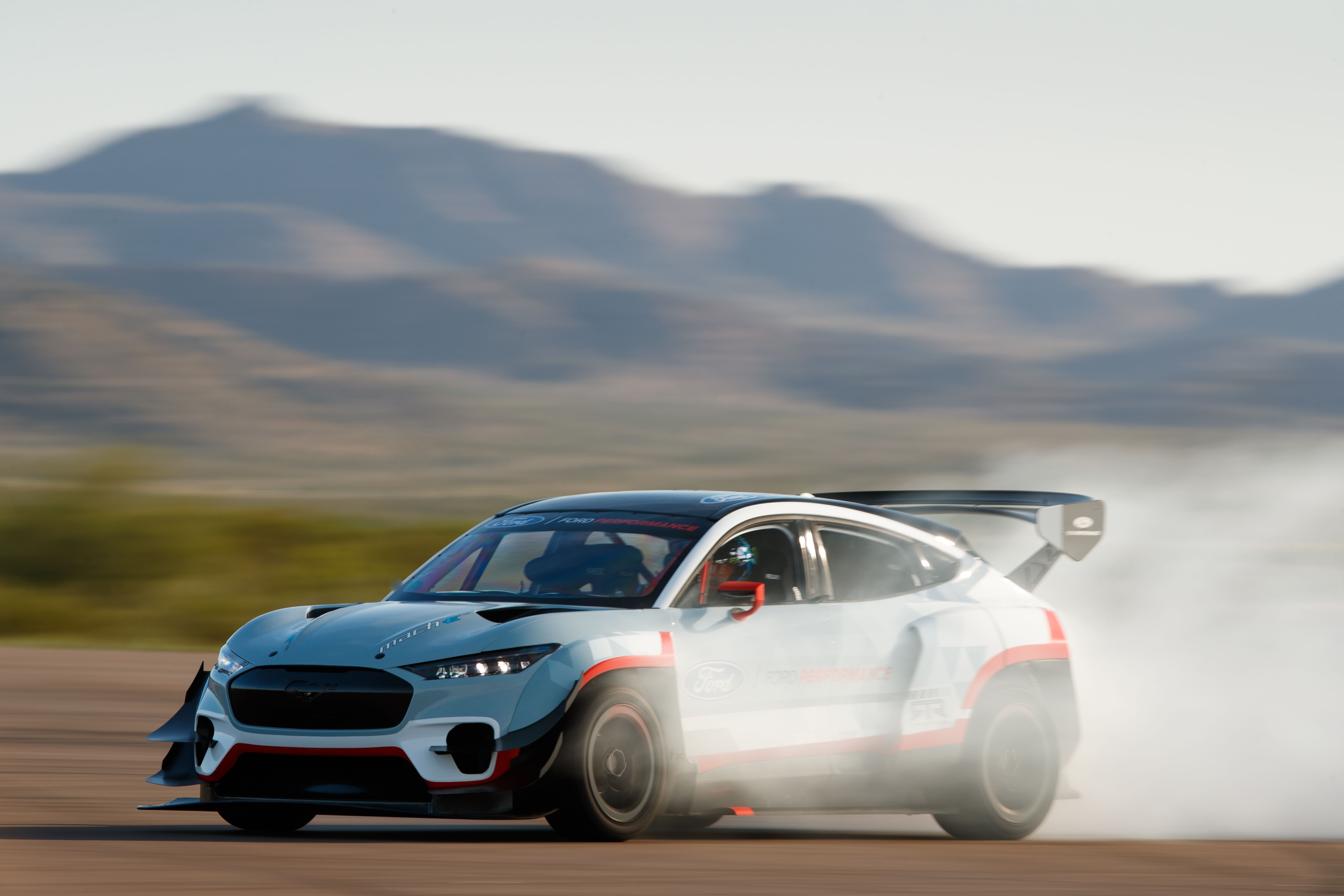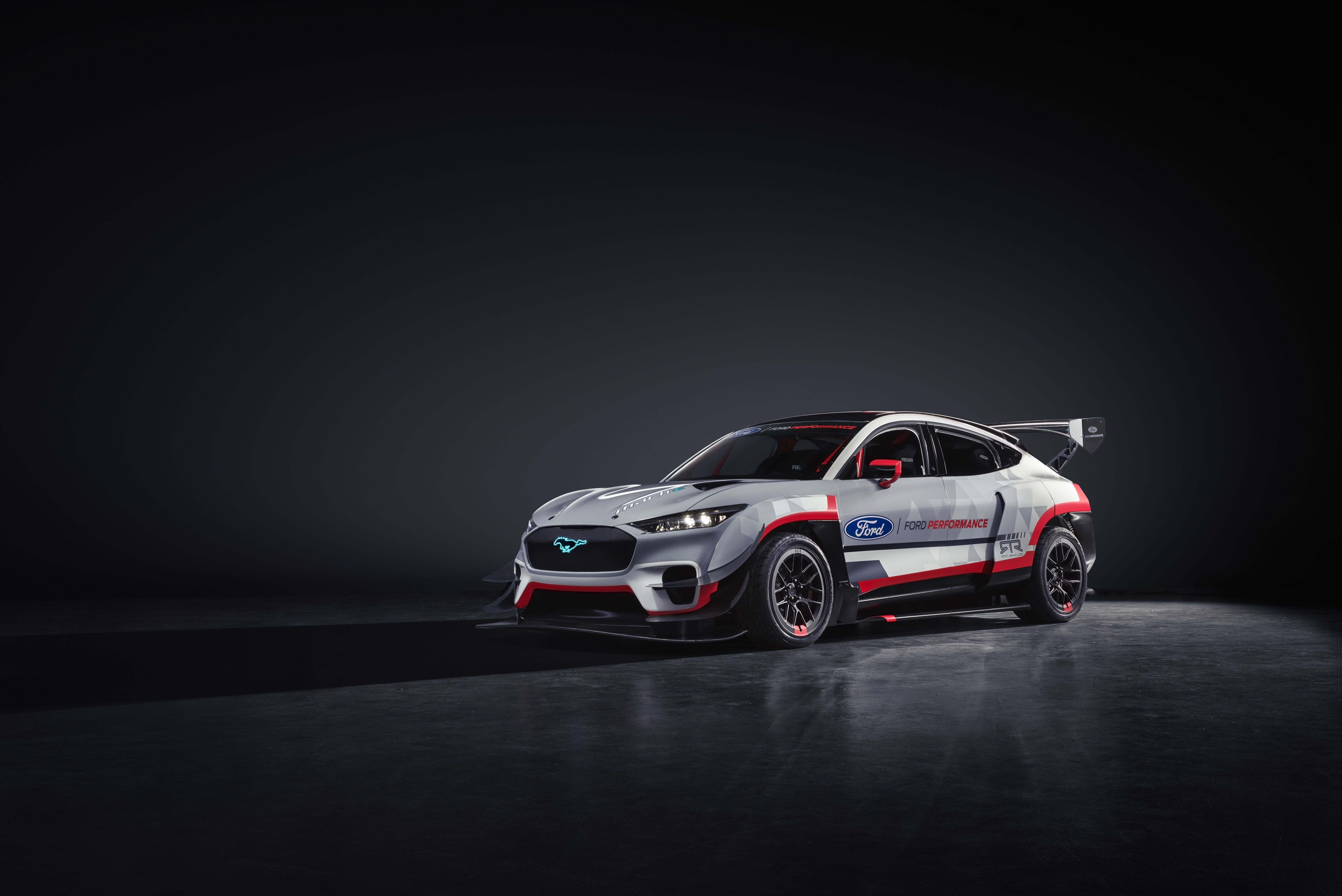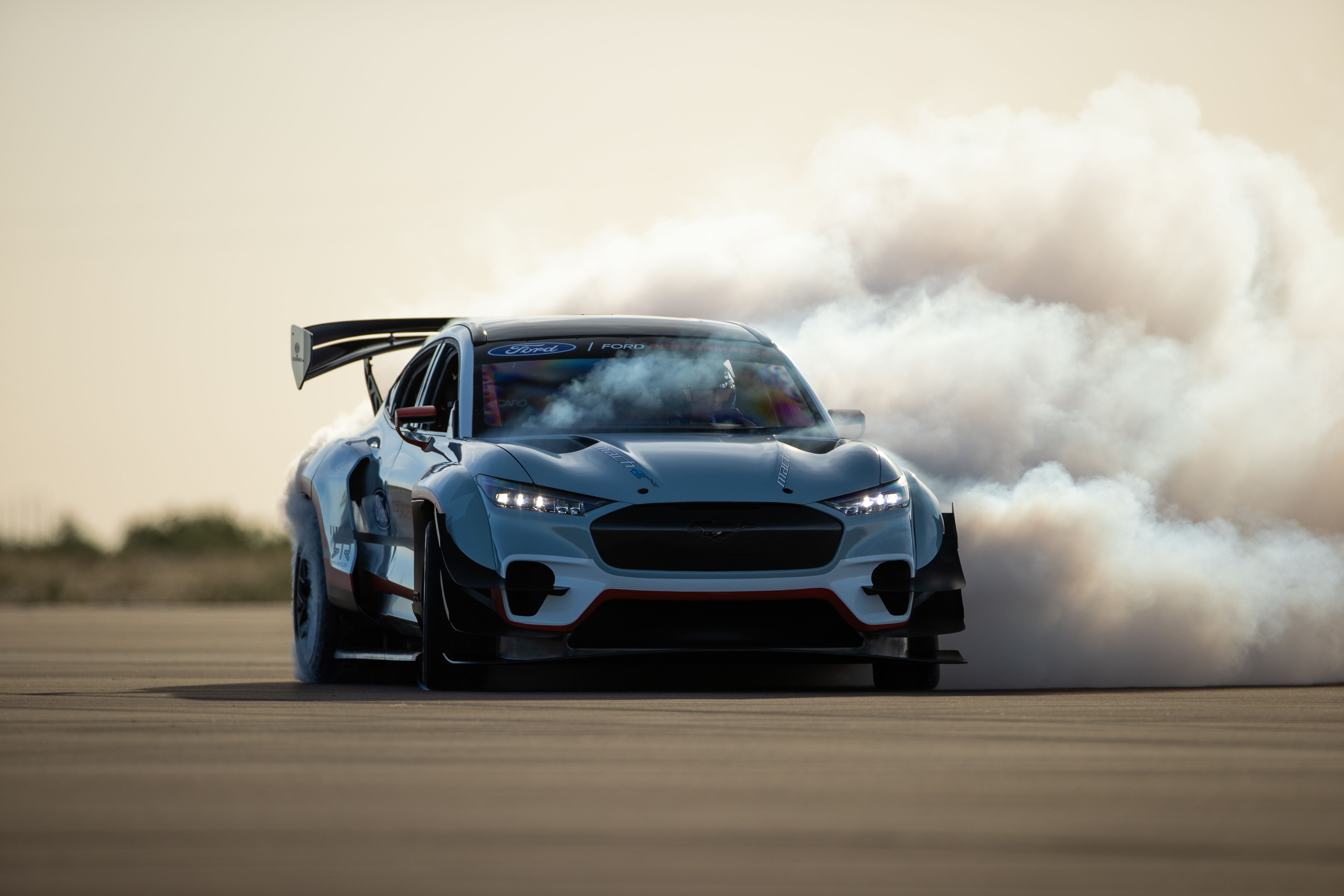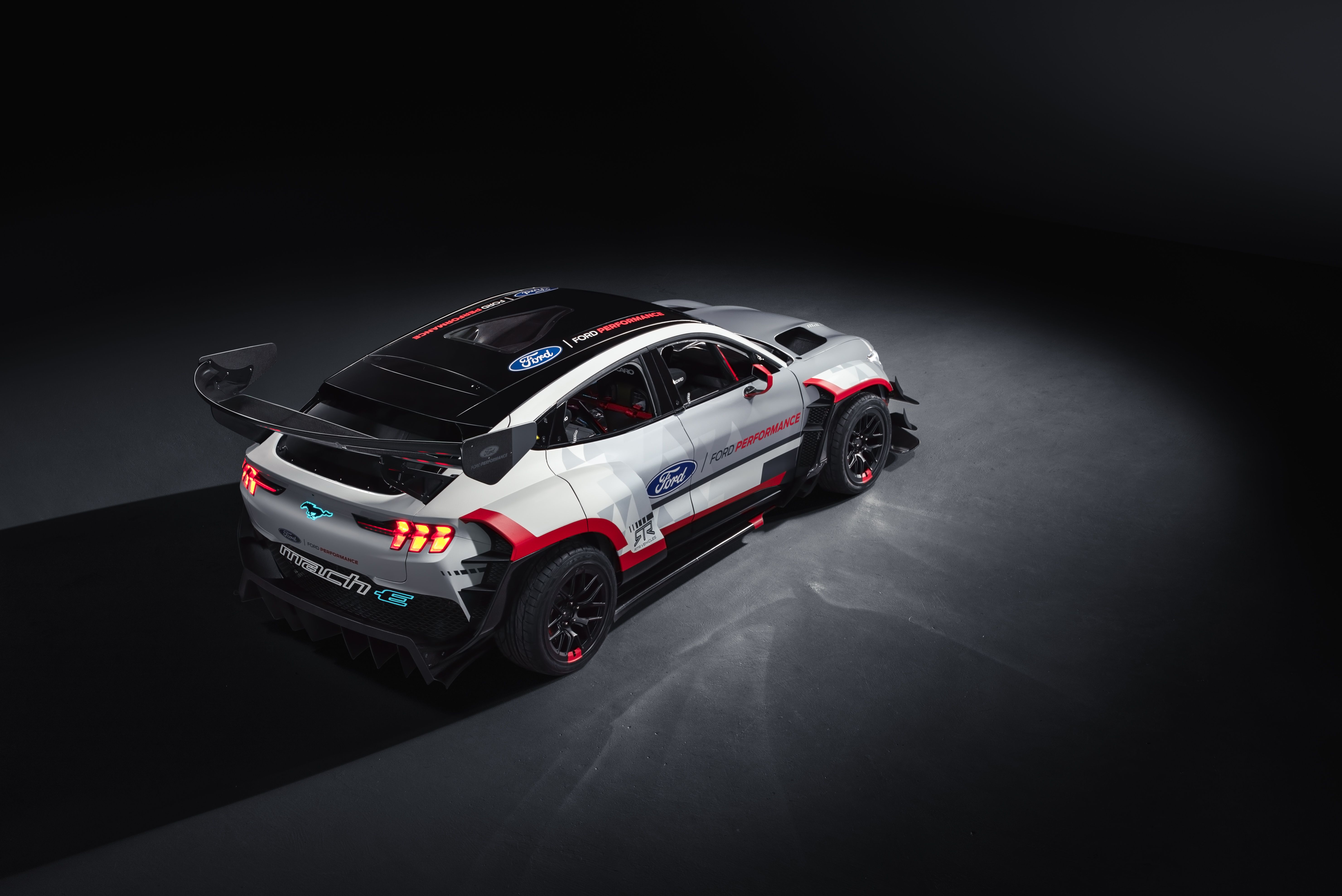Ever since Ford introduced the Mustang Cobra Jet 1400 all-electric Mustang, which was essentially a potent electric drag car, we’ve been itching for a performance-oriented Mustang EV to be born. We got as close as the Mustang Mach-E which is, as far as I’m concerned, not a Mustang, but that has been the extent of it. Then, almost out of nowhere, Ford threw us a bone in the Mustang Mach-E 1400. It’s still not a proper Mustang, but it features 1400 horsepower just like the Cobra Jet 1400, and it’s one mean electric machine. Despite its ability to eat tires like I eat cookies, the purpose of the Mach-E 1400 was to help Ford learn while showcasing what the company is capable of.
The Ford Mach-E 1400 Proves That Ford Can Raise Electric Hell In the Future
While I would love to sit down at this overworked computer of mine and tell you that Ford is going to produce the Mach-E 1400, that would be a lie. Don’t expect to get your hands on a Ford-produced, 1400-horsepower Mach-E anytime soon. However, Ford has demonstrated not only what is possible with the Mach-E platform, but also that company has big eyes for the future and electric performance could be a big part of that.
In an interview with InsideEVs, Ford’s Global Director of Motorsports, Mark Rushbrook, laid it all out on the table, starting with why the Mach-E 1400 even exists and how it’s different from the Cobra Jet 1400. As he puts it, the two one-off concepts serve two different purposes. As you know, the Cobra Jet 1400 was essentially a balls-to-the-wall drag car while the Mach-E 1400 is an “all-around performer” that can handle the drag strip, a day at the track, or even a gymkhana course, the later of which became blatantly obvious today. And, while all of this is cool to people like you and I, it’s also the best way for Ford to learn:
So, while we get to see the capability limits of the Mach-E platform and electric propulsion Ford’s engineers gain valuable knowledge – especially when it comes to future top performance models. It’s what one would call a win-win. But, what’s the deal with seven motors. That seems a little odd, right?
Why Does the Mach-E 1400 Have Seven Motors?
According to InsideEV’s report, the reasoning behind seven motors instead of an even number boils down to what was needed to hit performance targets. At the same time, engineers were also tasked with making sure the vehicle can perform with consistency while remaining within an optimal operating temperature. According to Rushbrook, the Mach-E 1400 can run all day on the track as long as it undergoes normal charging, which takes one hour for an 80-percent charge. Part of the whole motor and battery setup also includes a very intricate cooling system and proper airflow, the latter of which is responsible for cooling but also developing 2,300 pounds of downforce at speed. The lessons learned from the Mach-E 1400’s cooling and airflow development will be passed down to future road cars.
In the end, the Mach-E is just as much a tool of learning as it is something that people like you and I enjoy watching. How much of the technology or know-how that actually trickles down to future cars remains one big mystery, but it’s clear that Ford and RTR went all in, and I’m willing to bet the company will be able to use what it’s learned to make big steps forward in terms of electric performance and reliability. If you want to learn more about for the Ford Mustang Mach-E 1400, you should head over to InsideEVs to check out their exclusive writeup!





